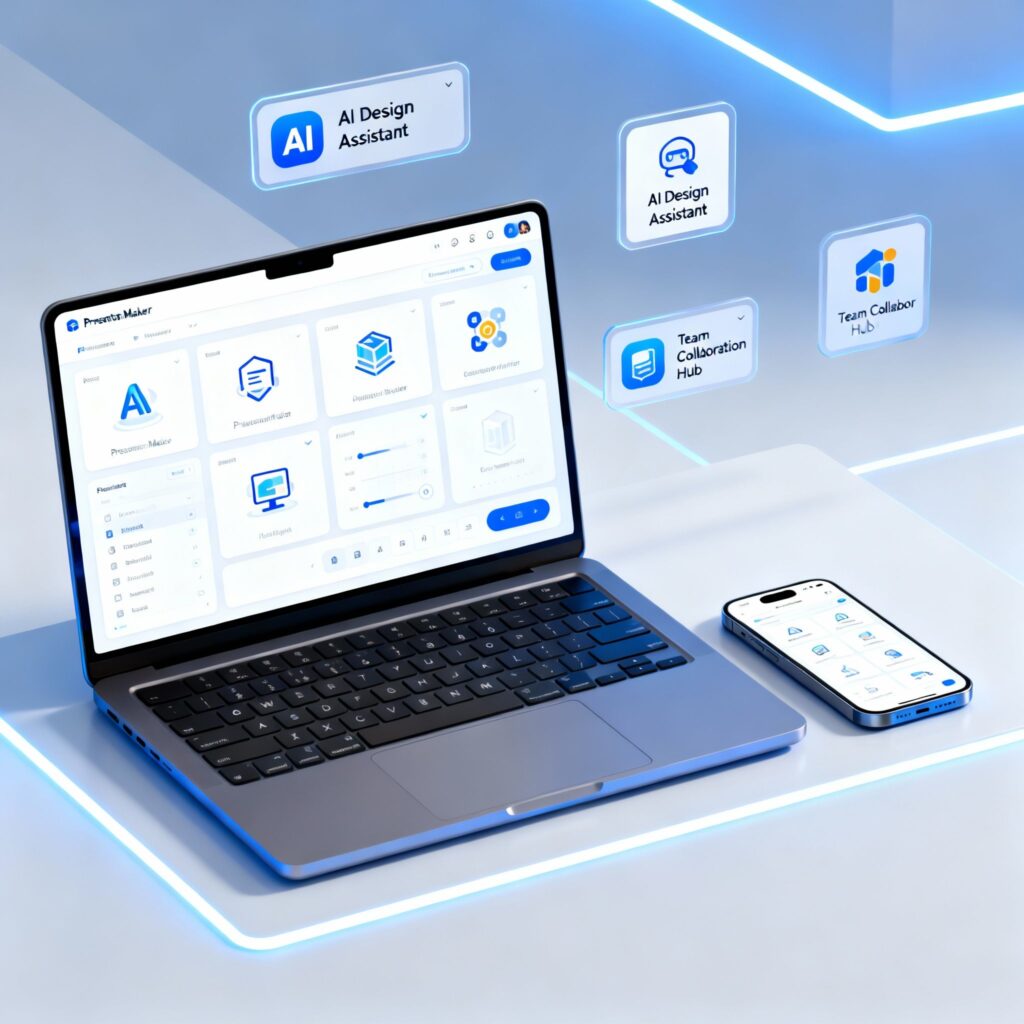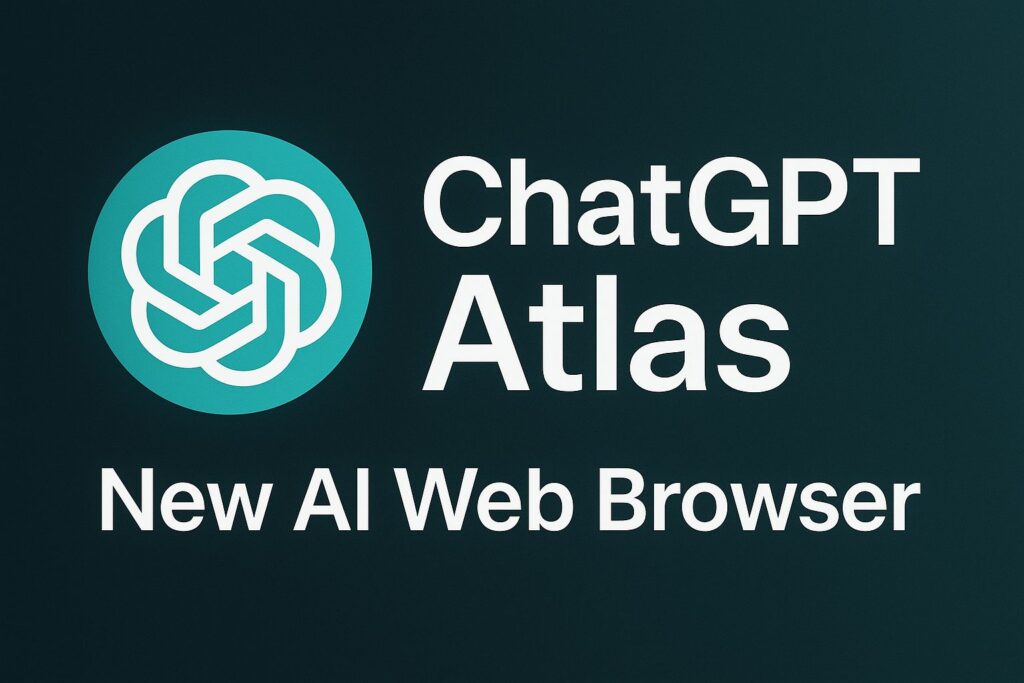
The emergence of advanced AI systems like ChatGPT has opened exciting new possibilities for workplace automation and efficiency. However, thoughtfully implementing and optimizing the use of ChatGPT requires establishing proper guidelines and best practices. This ensures that organizations can harness the power of the AI responsibly while avoiding potential pitfalls.
By outlining clear goals, monitoring conversations, verifying information, and evaluating performance, companies can maximize the benefits of ChatGPT for tasks like customer support, content creation, and market analysis. At the same time, through training, moderation, and access controls, they can minimize risks around biased or inaccurate outputs.
This comprehensive guide examines the key considerations and best practices for successfully rolling out and utilizing ChatGPT in the workplace while upholding ethics, security and organizational policies.
How to Utilize ChatGPT in the Workplace
Establishing Clear Goals and Guidelines
The first step in optimizing the use of ChatGPT is defining your specific use cases and setting organizational policies and limitations around its usage. This upfront alignment ensures the tool is used appropriately and efficiently.
Define Specific Use Cases
Rather than broadly deploying ChatGPT, identify targeted use cases that would gain the most value like customer support, content generation, or product summaries. Clarify how ChatGPT can enhance existing workflows. Defining the exact scope and objectives for ChatGPT improves oversight and on-task performance.
Set Organizational Policies and Limitations
Create clear guidelines that outline appropriate content, tone, privacy levels, and guardrails when using ChatGPT. For example, ensure it avoids biased, offensive or confidential information. Especially for public-facing and customer interactions, establish policies to prevent potential compliance, ethical or brand risks.
Communicate Expectations to Employees
Once organizational policies are set, clearly communicate expected practices, limitations and responsibilities to all employees that will utilize ChatGPT. Provide training resources on intelligently leveraging the technology within the prescribed guidelines.
Training ChatGPT Effectively
Thoughtful, strategic training is key to optimize ChatGPT’s performance within your business domain. Use high-quality, relevant data to fine-tune the AI and continuously retrain it as you gather more conversational data and feedback.
Fine-Tune with High-Quality In-Domain Data
Feed ChatGPT extensive samples of high-quality conversations and content directly related to your industry and use cases. This trains the model on the vocabulary, tone, knowledge and writing style needed to effectively support your business needs. Prioritize accuracy over quantity with in-domain data.
Regular Retraining to Improve Performance
Continuously retrain ChatGPT based on actual transcripts between the AI and employees. Gather feedback on where responses were lacking and retrain on expanded datasets. As ChatGPT is used for new use cases, incorporate that new data to incrementally improve its capabilities.
Customize for Company-Specific Knowledge
In addition to general industry data, include company-specific materials like operations manuals, product specs, customer case studies, and domain experts’ guidance. This helps ChatGPT answer employee questions with tailored, accurate company insights.
Monitoring Conversations and Usage
Responsibly leveraging ChatGPT requires ongoing monitoring of its conversations to identify any inaccuracies or inappropriate content. Flagging issues early prevents propagation of bad information.
Review Interactions to Ensure Accuracy
Spot check transcripts between ChatGPT and employees to verify accuracy, relevance and appropriate tone. Monitor key metrics like customer satisfaction scores or content quality grades to catch drops indicating problems.
Flag Biases and Inappropriate Responses
Scan for any biased or discriminatory language as well as unverified claims or confidential data leaks. Also flag rambling, irrelevant or unhelpful responses for further training. Caught early, problematic responses can be quickly corrected.
Implement Moderation System
For public-facing use cases, implement automated and human content moderation. This provides an additional layer of oversight to pull down any concerning responses before publication. Moderation helps uphold brand safety and compliance.
Encouraging User Feedback
Creating a feedback loop is critical for continuously improving ChatGPT’s capabilities and reducing reliance on human oversight over time. Actively gather insights from all users.
Feedback Loop for Continuous Improvement
Enable employees to easily log issues with ChatGPT responses including inaccuracies, grammar mistakes, or nonsensical outputs. Compile this feedback to identify systemic gaps and retrain on these areas.
Identify Areas Needing Refinement
Analyze user feedback at an aggregate level to spot patterns around use cases where ChatGPT struggles. Prioritize additional training resources on high-error areas like industry-specific questions.
Update Training Process
Use feedback data to add new training sources, expand datasets, adjust techniques, and set performance metrics to systematically enhance ChatGPT’s capabilities on an ongoing basis.
Verifying, Fact-Checking and Supplementing
While powerful, ChatGPT may sometimes provide subjective, biased or outright incorrect information. Users should critically evaluate responses and have backup resources available.
Validate Critical Information Independently
For any high-risk, confidential or critical information, validate ChatGPT’s responses against trusted sources. Have employees fact-check before acting on recommendations involving legal, financial or emergency issues.
Cross-Reference Against Reliable Sources
Encourage users to research and confirm any non-trivial facts, figures, complex instructions or subjective conclusions provided by ChatGPT. A layer of human verification is still vital.
Use Critical Thinking Skills
Train employees to identify opinions versus facts, spot illogical reasoning, and ask probing questions to test ChatGPT’s knowledge. Sharpening users’ critical thinking makes them less prone to blindly accept doubtful AI responses.
Have Fallback Options Available
Prepare alternate resources like human experts, knowledge bases or search engines to leverage when ChatGPT admits it lacks the required capabilities or provides unsatisfactory responses.
Evaluating Performance
Continuously monitoring key performance indicators allows organizations to pinpoint areas for improving ChatGPT’s training and adoption. Maintain high standards.
Analyze Metrics Like Accuracy, Satisfaction
Define metrics aligned to business goals including customer satisfaction, content quality, response accuracy, employee productivity and operational efficiency. Track these metrics to quantify ChatGPT’s real-world impact.
Identify Areas for Optimization
If metrics indicate decreases in quality or productivity, investigate the root causes. Revise training data, use case selection and conversational guidelines accordingly to address issues.
Refine Training and Usage
Use performance insights to expand training datasets, improve techniques like prompt engineering and natural language processing, and refine usage guidelines and guardrails.
Maintaining User Privacy and Security
As ChatGPT handles sensitive conversations and data, organizations must make privacy and security a top priority or risk compromising users’ trust.
Anonymize Conversations and Data
Remove employee identities and personal details from conversational data used to train or improve ChatGPT. This protects individual privacy.
Limit Collection and Retention of Data
Only extract and store conversational data required for training purposes. Follow minimum data collection principles and set retention windows aligned to business needs.
Implement Access Controls
Limit which teams can access and extract the training data. Put in place access requests, reviews and approvals prior to data utilization.
Avoiding Overreliance
While powerful, over-dependency on ChatGPT can lead to complacency, deskilling and reduced critical thinking over time. Set expectations to maintain human oversight.
Encourage Critical Thinking
Prompt users to identify gaps, inconsistencies and limitations in responses. Train employees to continue leveraging their expertise to evaluate and augment AI.
Don’t Use ChatGPT as Sole Source
Require corroborating information from multiple sources, not just ChatGPT, especially for high-risk activities. Enforce checks and balances.
Mitigate Complacency Risks
In skills development and performance management, align incentives to reward critical thinking and human expertise in tandem with AI leveraging skills.
Implementing ChatGPT offers tremendous potential to enhance workplace productivity and efficiency through automating repetitive tasks and delivering fast answers. However, to ensure this technology delivers value safely and sustainably, organizations must invest in training it properly, monitoring its performance, verifying its information, and evaluating its impact across clearly defined use cases.
By instilling critical thinking and avoiding overreliance in users, securing data ethically, and continuously providing high-quality feedback to improve capabilities, businesses can implement ChatGPT responsibly. Following the best practices outlined in this guide will allow your organization to maximize the benefits of AI while proactively mitigating any potential pitfalls.
Discover more from TechResider Submit AI Tool
Subscribe to get the latest posts sent to your email.




